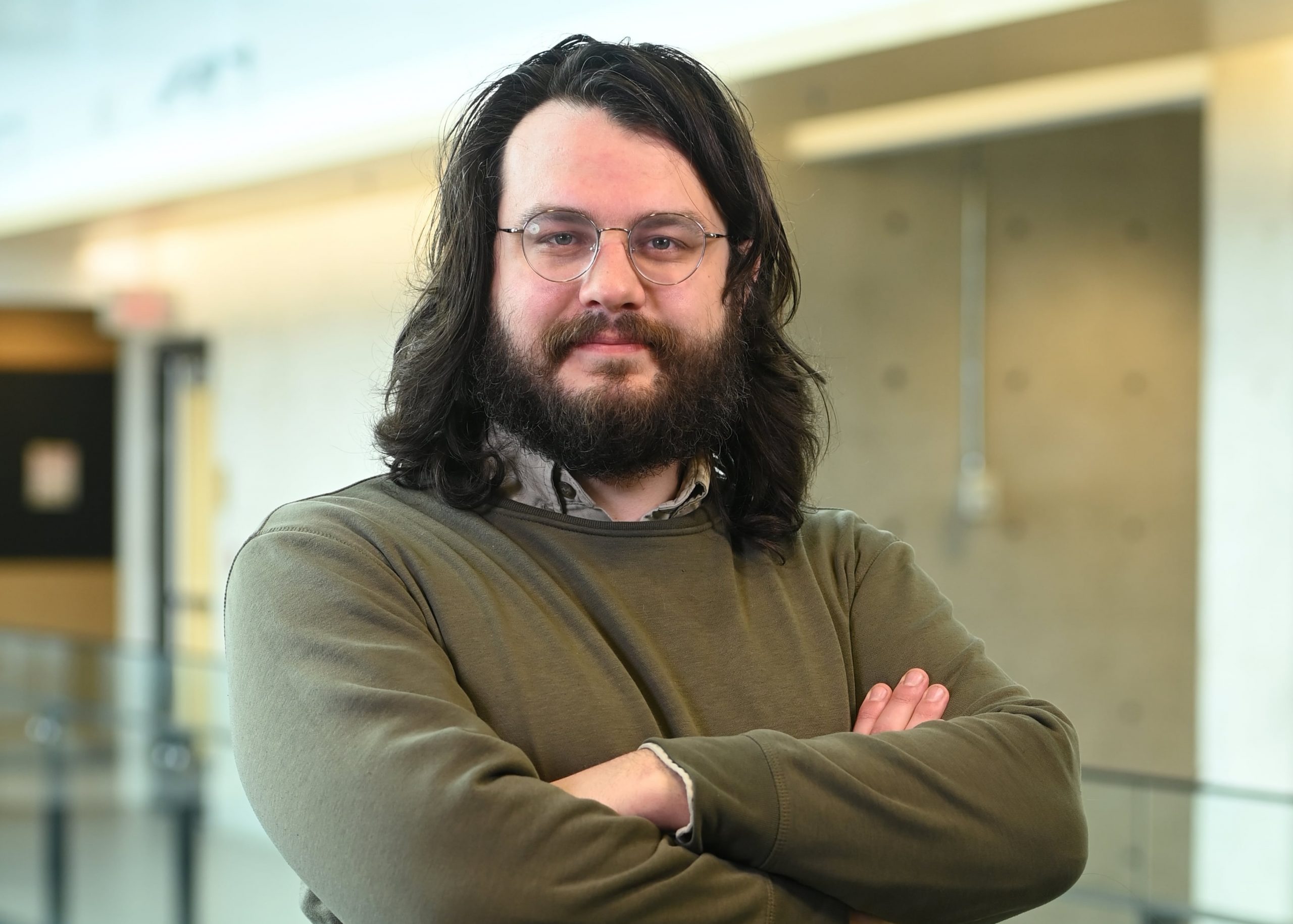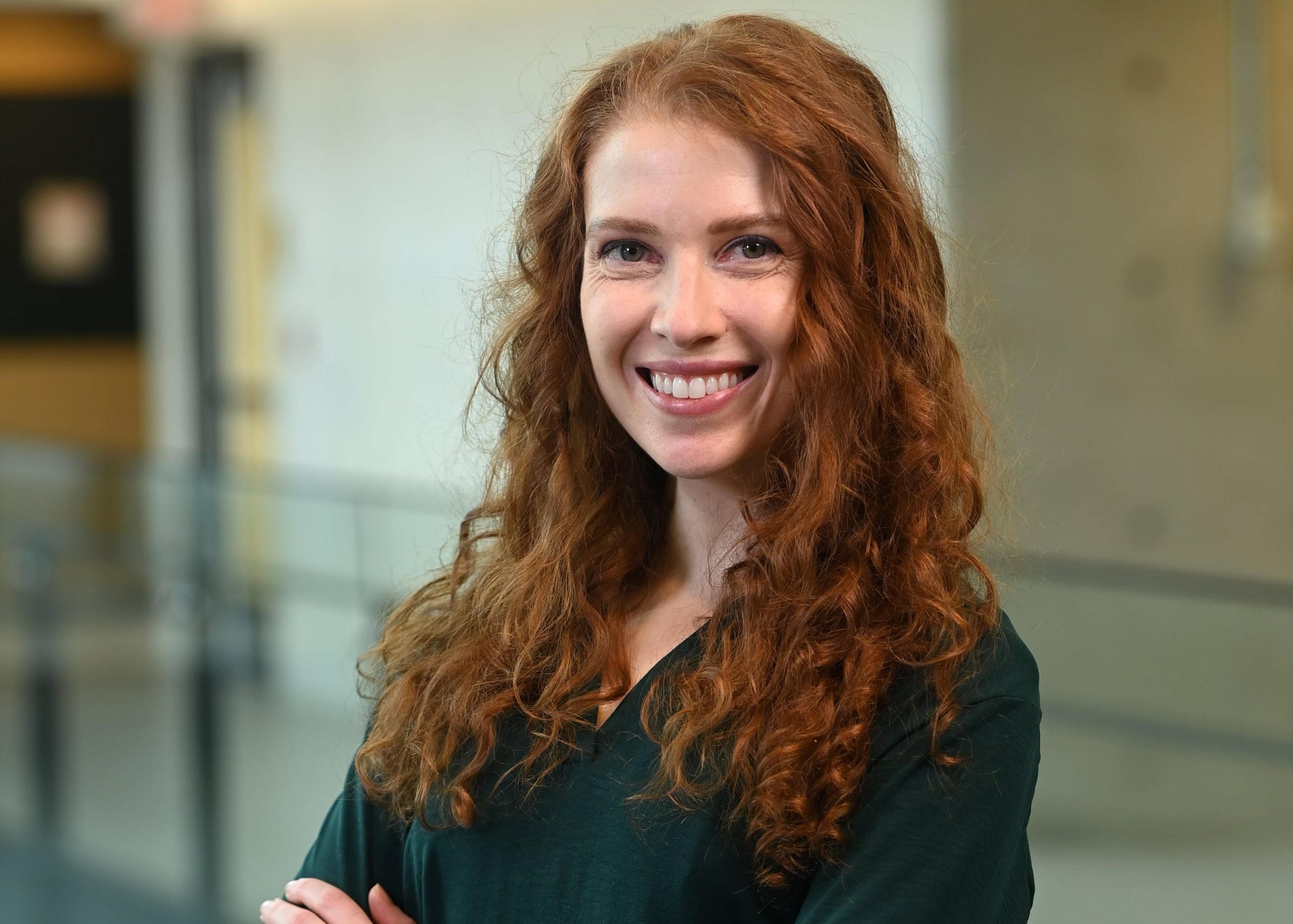
Sitting comfortably in the corner of the conference room at ComSciCon 2024, a whirlwind of thoughts raced through my mind. It was fascinating—and somewhat surprising—how much I could grasp from research presentations by astrophysicists, neuroscientists, and experts from fields far removed from my own. The ComSciCon flagship workshop was held at Emerson in Boston, MA, USA and I had the opportunity to attend as a Dalhousie University OpenThinker. As an attendee, I found myself immersed in a world where science was being communicated in ways that made it accessible, even to those of us outside the immediate field of study.
Science is inherently complex, and it’s easy to feel lost if you’re not “in the field.” Often, the intricate details and specialized terminologies can create a barrier, making it challenging for outsiders to engage with or even care about the subject matter. But here’s something I learned: Science doesn’t have to be communicated in a complex way to be impactful. Most researchers are comfortable speaking in academic terms, filled with jargon that makes perfect sense within their own circles. After all, they’re tackling the world’s most pressing problems. But the real question is, does this language make sense to the listener? Do they care about terms like “algorithm” or “cosmic radiation”? Probably not. What they want to know is what you do in terms they can relate to, and this realization hit home at ComSciCon.
To my surprise, I learned about the work of astronomers without needing to Google every other term or feeling overwhelmed by cosmic jargon. I understood what biologists are doing with viruses without getting lost in a sea of technical details. One of the most eye-opening activities was a session where we had to explain our research to different groups—children in daycare, our uncles at family dinners, strangers unfamiliar with our work, and even politicians. The challenge was to make our research meaningful to each audience. After each explanation, the audience would hold up one of two cards: “jargon” or “awesome,” depending on whether they understood us or not.
As a computer scientist, I witnessed one of my peers start talking about algorithms, coding, and data matching. The response? A resounding “jargon!” It was a hilarious yet humbling moment, highlighting how difficult it can be to relate our work to the public. But there’s always a way to bridge that gap. It’s about finding the miniature details that can make your research relatable and understandable.
So, what did I learn from this experience? Firstly, I was able to appreciate the importance of clear communication in science. It’s not just about sharing what you know; it’s about making sure your audience can connect with your ideas. Here are a few key takeaways:
1. Only introduce jargon or acronyms if you really need to. If you must use technical terms, define them upfront and very clearly. Make sure these terms actually add value to your story, helping to convey your message more efficiently. Otherwise, they can create unnecessary barriers between you and your audience.
2. Use analogies to bridge the gap. Analogies are powerful tools for making complex ideas more relatable. For example, instead of digging deep into the details of a complicated algorithm, you might compare it to a recipe that guides a computer in solving a problem. Analogies help people understand unfamiliar concepts by relating them to something they already know. And don’t forget to remind people what the analogy represents as you go along—it helps reinforce the connection.
3. Keep it simple—fewer syllables are better. The simpler your language, the easier it is for your audience to follow along. Long, complex words might sound impressive, but they can also be a stumbling block. Aim to use clear, straightforward language that gets your point across without making your audience work too hard.
4. Hyperlinks are useful, but don’t rely on them to do the heavy lifting. Including hyperlinks can be helpful for readers who want to dig deeper into a topic. However, your main content should stand on its own. Don’t assume your audience will click on every link—focus on making the core message of your story complete and understandable within the text itself.
5. Visual aids can be a game-changer. Sometimes, a well-designed visual can convey complex information more effectively than words alone. Whether it’s a simple diagram, a chart, or an illustration, visual aids can help break down complicated concepts and make them more digestible. At the same time, ensure that these visuals are clear, concise, and directly relevant to your message.
6. Storytelling is a powerful tool. People are naturally drawn to stories. Instead of presenting raw data or abstract concepts, try weaving them into a narrative that resonates with your audience. If you’re speaking to children, use simple, concrete examples or stories they can relate to. If you’re addressing policymakers, highlight the broader implications of your work and how it impacts society. Always keep in mind who you’re talking to and adjust your message accordingly. At ComSciCon, I saw how effective storytelling could turn dry scientific findings into compelling tales that captured the imagination. A well-told story can make even the most technical subjects engaging and memorable.
7. Make your message relevant. To truly connect with your audience, show them why your work matters to them. This means framing your research in a way that highlights its relevance to everyday life, societal issues, or global challenges. When people see how your work impacts the world around them, they’re more likely to engage with and care about what you’re saying.
8. Avoid information overload. It’s tempting to share everything you know, but too much information can overwhelm your audience. Instead, focus on the key points that are most important or interesting to them. This doesn’t mean dumbing down your content; it’s about being selective and strategic with the information you present.
With all these, I realized that effective science communication is less about dumbing down the content and more about connecting with your audience in a meaningful way. It’s about respecting their time, their background, and their curiosity. The goal should always be to make your message as accessible and engaging as possible.
Photo: From Bimpe Ayoola’s camera roll, in Boston, MA, USA at the ComsciCon 2024 Workshop










